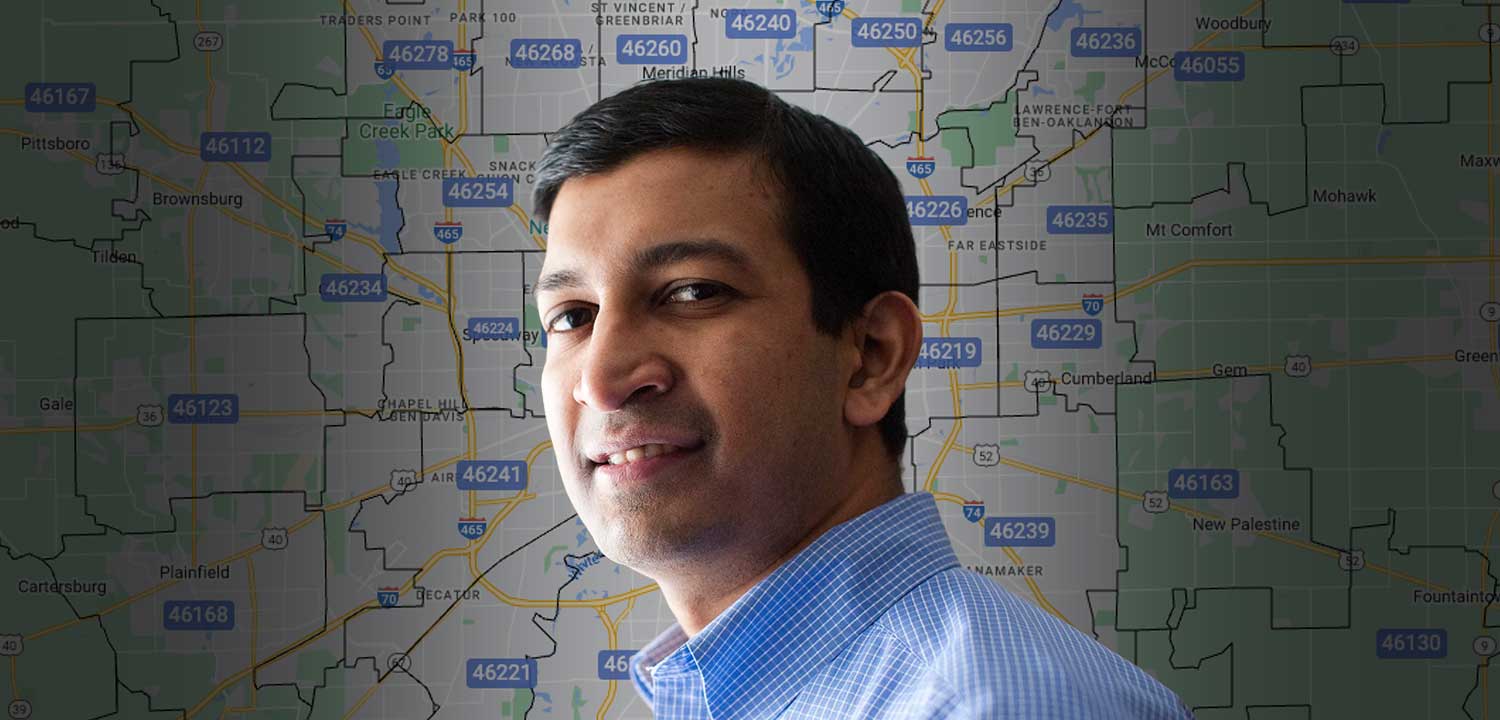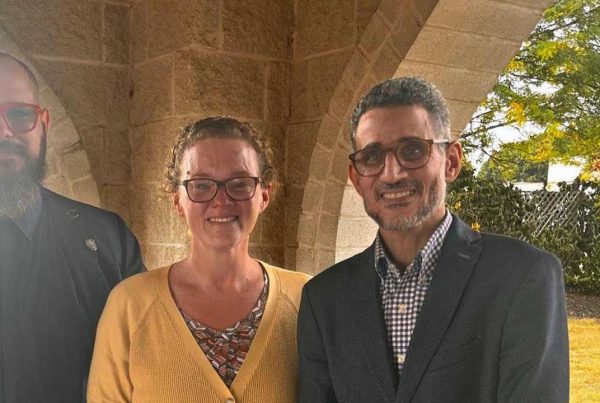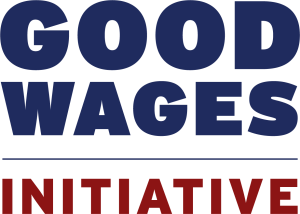Raj Chetty: Translating insights into action
Geography matters. Moving young makes a difference. Policy has real-life implications. Social interactions affect economic opportunity.
With these and other similar observations, Raj Chetty has transformed thinking about economic mobility and claimed a place as a visionary trend-setter among policy makers, civic and community leaders and those working on the frontlines to address poverty across the U.S.
Recently, we wrote about Chetty’s background and his rise to become a national economic thought leader. This month, to further prepare Indy for Chetty’s participation in the Faith & Action Fall Event on Sept. 25, we’re sharing more about his research and ideas.
A Harvard University professor and researcher, Chetty highlights the power of data to illuminate the factors putting and keeping children in poverty and offers insights into the ways communities can leverage data to improve children’s economic prospects and, ultimately, their shot at the American dream.
Chetty first drew broad national attention with his 2014 study, “Where is the Land of Opportunity?” Drawing from massive data resources, Chetty used his research not simply to point out problems but, rather, to identify issues that contribute to economic mobility. The implications from that report can be grouped under six themes:
- Geography matters … a lot. The data made it clear that certain cities do a better job of offering a child opportunities for upward economic mobility, while growing up in other cities could leave a child locked into the economic status into which they were born.
- Five key factors affect the chances for upward mobility. Chetty and his colleagues identified five characteristics of places associated with better upward mobility:
- Less residential segregation, by race and income
- Lower levels of income inequality
- Better K-12 schools
- More two-parent households
- Greater social capital, such as civic engagement and religious participation
- Moving early helps. Children who move from a low-mobility area before age 13 are more likely to have higher earnings, better education and lower rates of teen parenthood. The earlier the move occurs, the better.
- Neighborhood effects are real and cumulative. It’s not just cities that can decide a child’s economic mobility. Neighborhoods within cities can play a role, and the effect compounds over time.
- Race plays a role. Black children, especially boys, face worse economic outcomes than whites, even when they grow up in similar environments. The culprit? Systemic barriers.
- Policy has an impact. Governments cannot sit back and expect the community to affect change. The federal Moving to Opportunity housing voucher program, for example, showed long-term benefits when introduced early in a child’s life.
Chetty’s recent studies have focused more on race and economic mobility, revealing that the black-white gap in upward mobility shrank significantly in the past 15 years but did not completely disappear. He also saw some changes in geographic trends, with the coasts no longer outpacing other areas in terms of pathways to economic mobility and noted that parental employment contributes to gaps between races and classes. One consistent point: social interactions and networks continue to play a big role in economic mobility.
As Chetty brings his insights and perspectives to Indianapolis, those working to mitigate poverty will have an opportunity to hear how his findings translate into meaningful action, what sorts of initiatives are having the greatest impact and what we should build, shift or reimagine in order to make a difference in Central Indiana. In this way, Chetty builds on the progress we’ve sought from the beginning of the Faith & Action Project, from our first spring conference that focused on the impact of toxic charity to our ongoing focus on what works and why.
With his focus on using data to identify effective efforts to fuel better economic mobility for children, Chetty is a logical next step in this progression, one that we hope will serve as a catalyst for change, especially for faith communities that care deeply about children, families, an inclusive economy and long-term impact. It can also inspire us to constantly examine our work, challenging ourselves to ask if we’re making a meaningful difference, having a positive impact in our communities and creating a lasting improvement for children and families.
Learn for yourself how Chetty’s work could help Indianapolis children and families improve their prospects and the role your faith community or organization can play in helping children grow up surrounded by networks of opportunity by attending the Faith & Action Fall Event on September 25 at 4:30 pm at the Schrott Center for the Arts. Admission is free.





